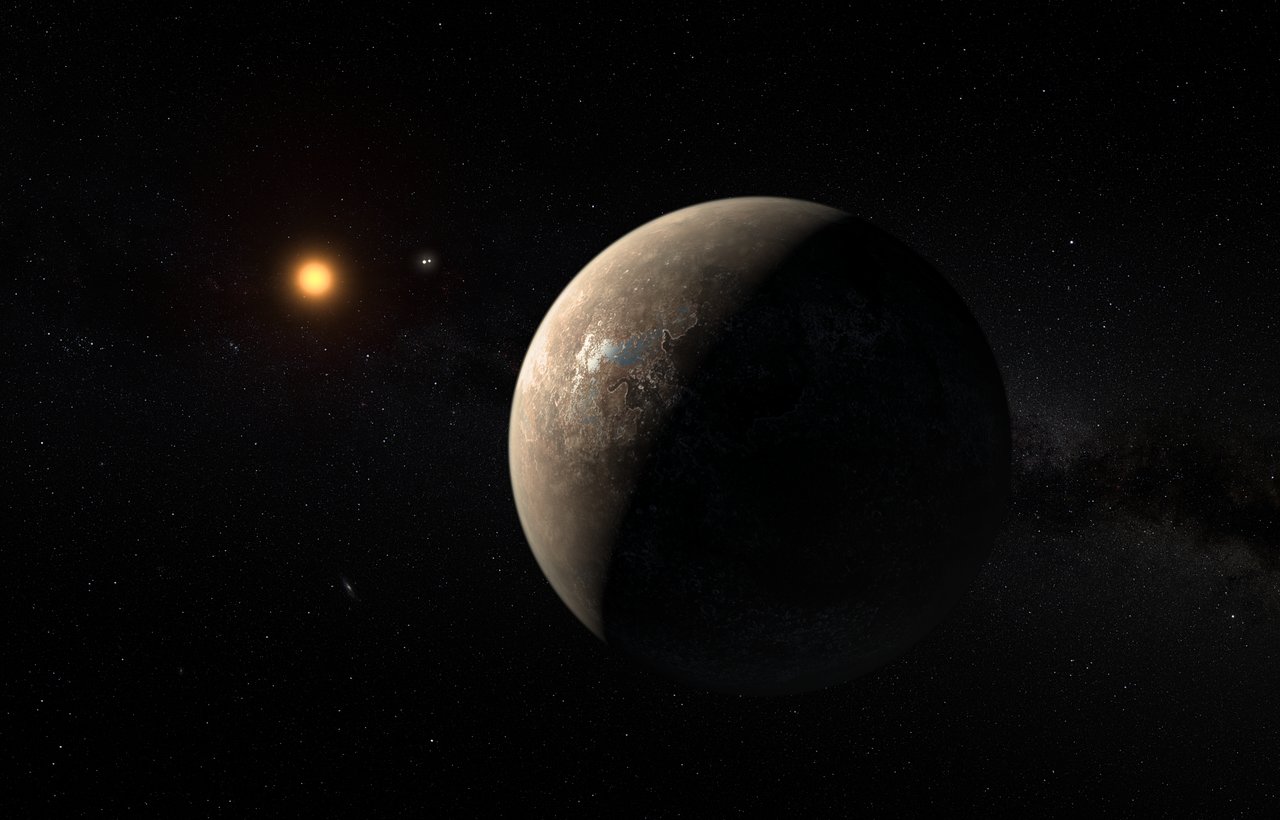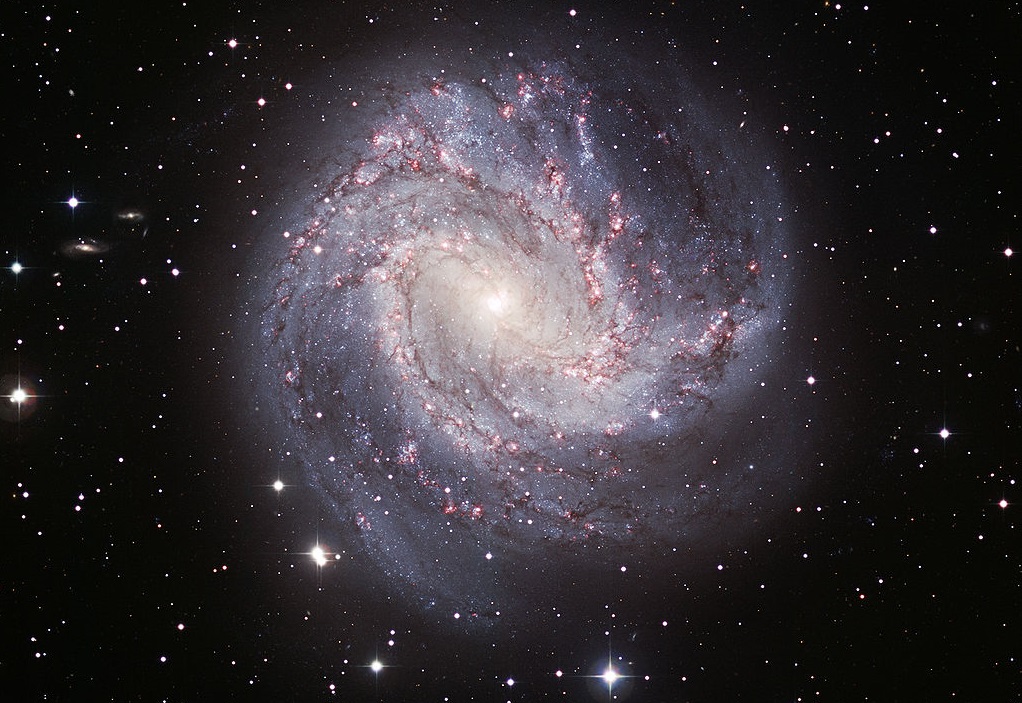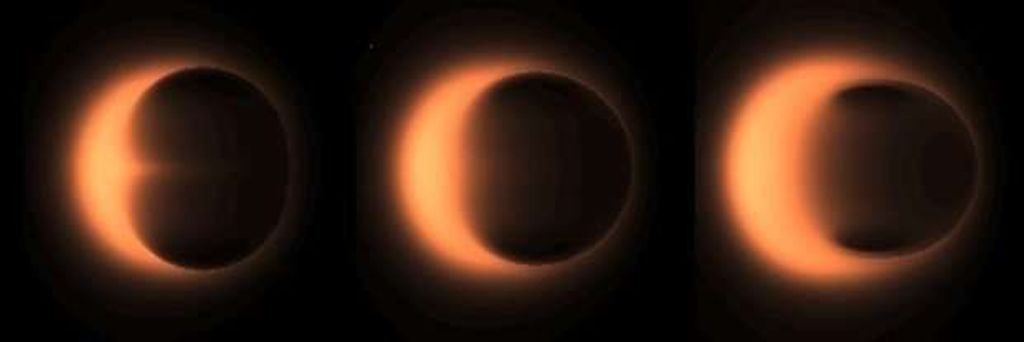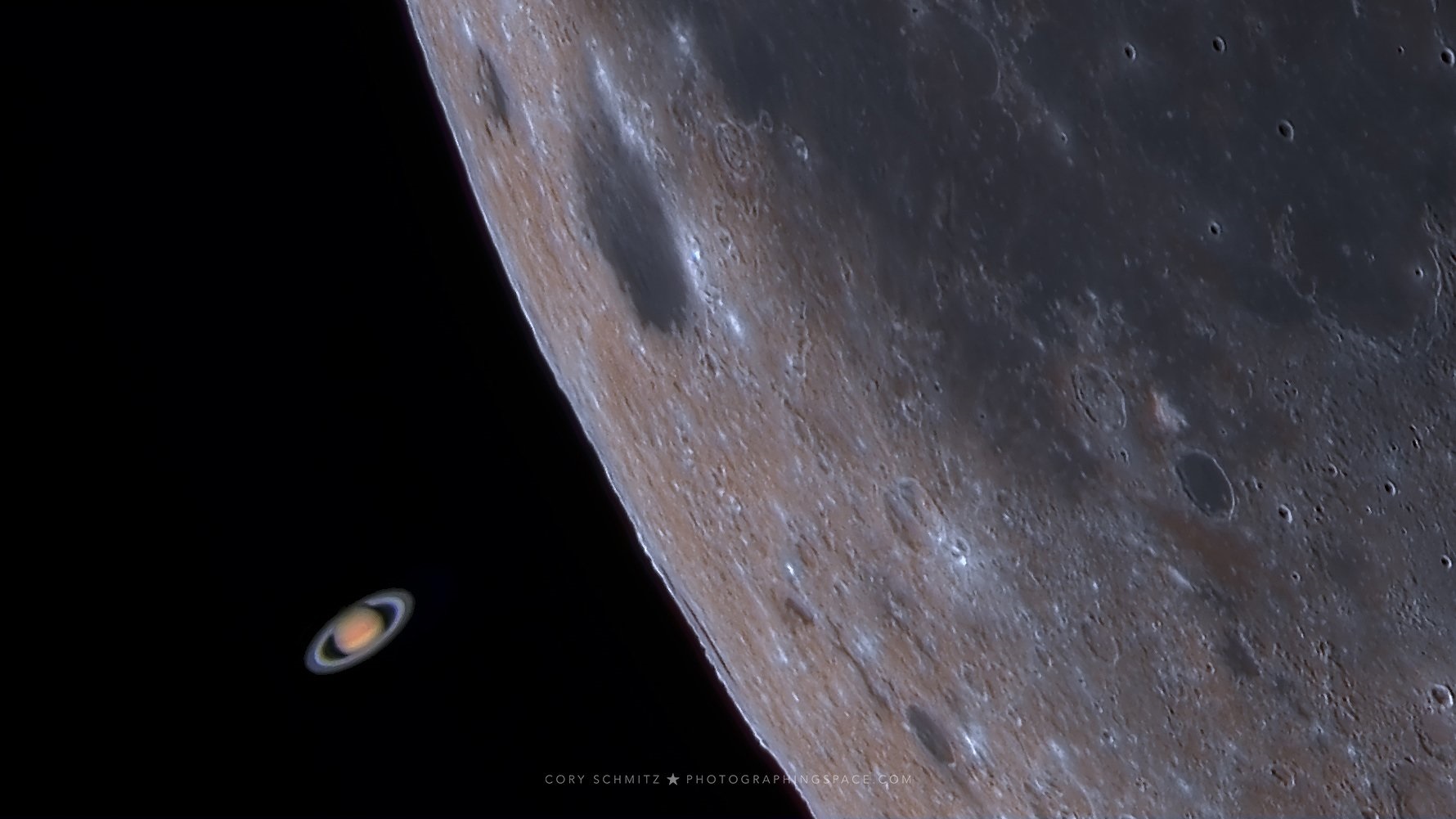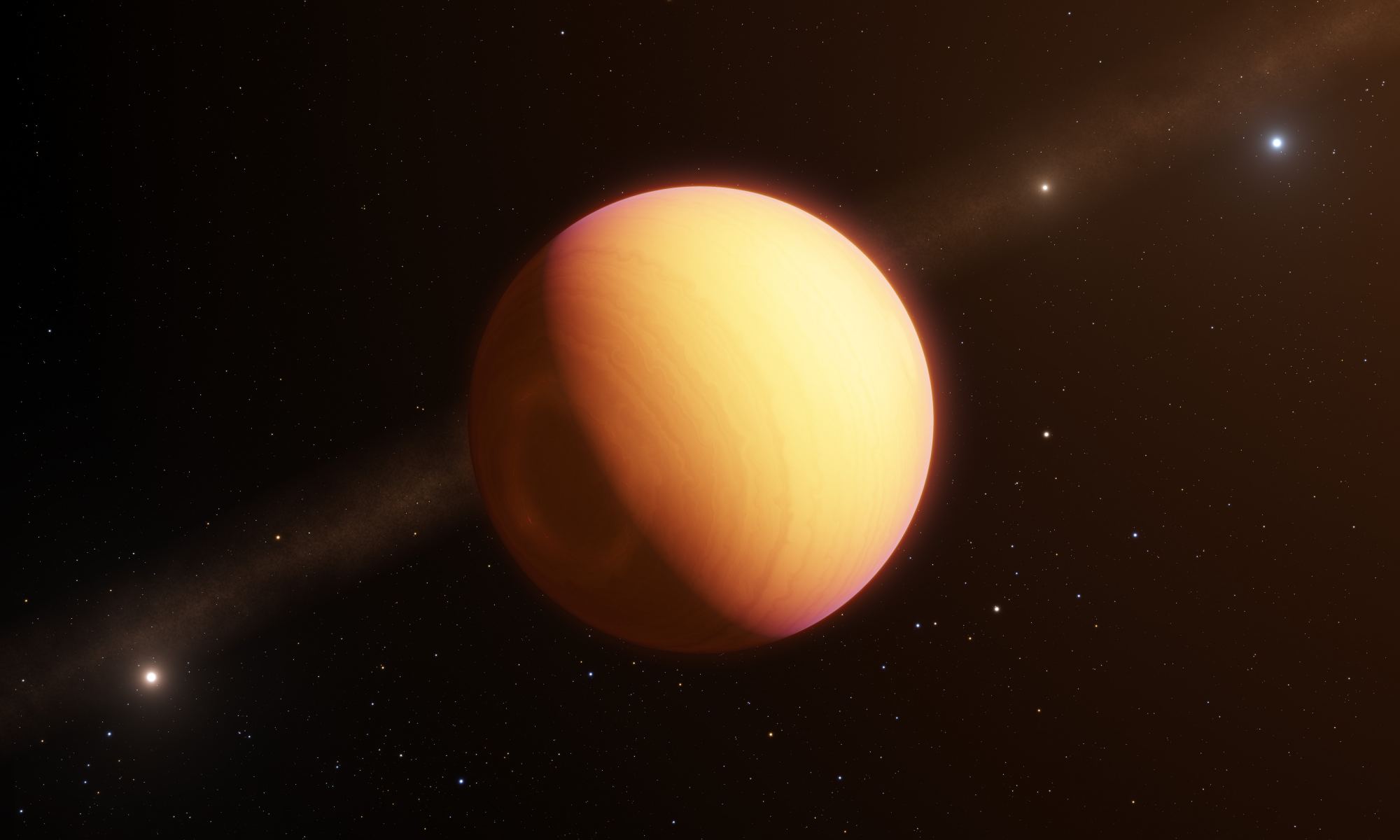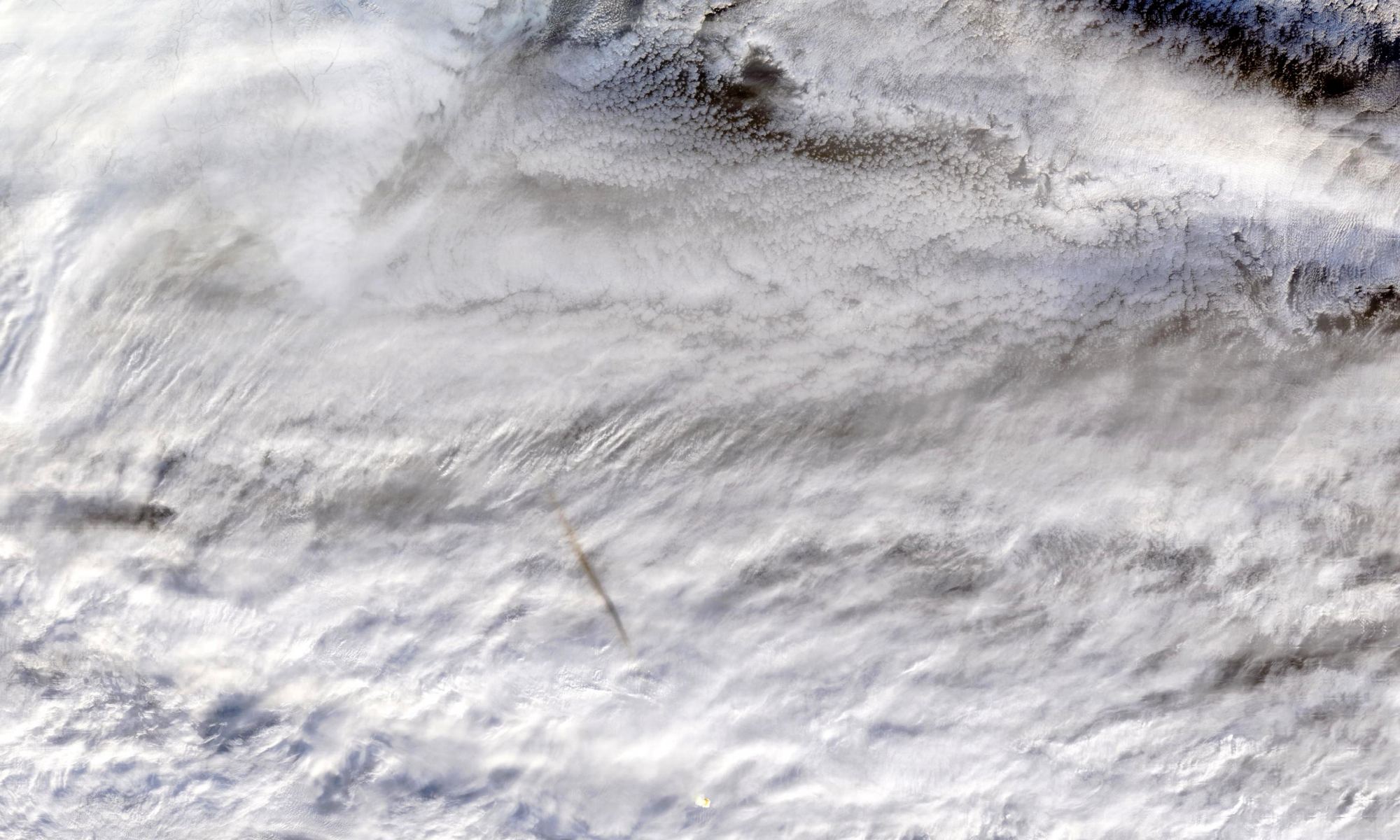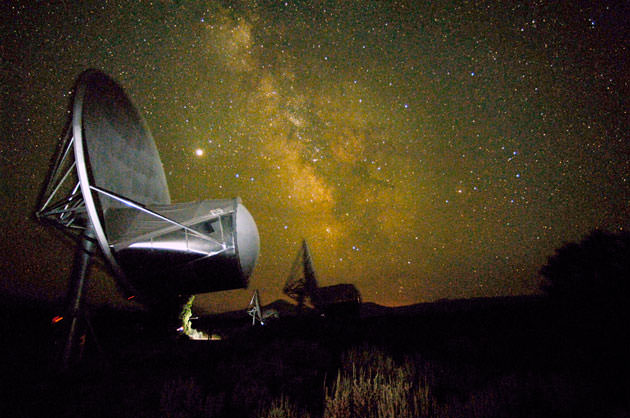In August of 2016, astronomers from the European Southern Observatory (ESO) announced the discovery of an exoplanet in the neighboring system of Proxima Centauri. The news was greeted with consider excitement, as this was the closest rocky planet to our Solar System that also orbited within its star’s habitable zone. Since then, multiple studies have been conducted to determine if this planet could actually support life.
Unfortunately, most of the research so far has indicated that the likelihood of habitability are not good. Between Proxima Centauri’s variability and the planet being tidally-locked with its star, life would have a hard time surviving there. However, using lifeforms from early Earth as an example, a new study conducted by researchers from the Carl Sagan Institute (CSI) has shows how life could have a fighting chance on Proxima b after all.
Continue reading “The Closest Star to the Sun, Proxima Centauri, has a Planet in the Habitable Zone. Life Could be There Right Now”
